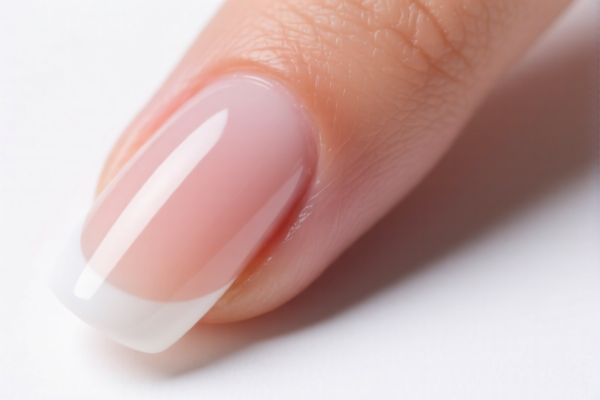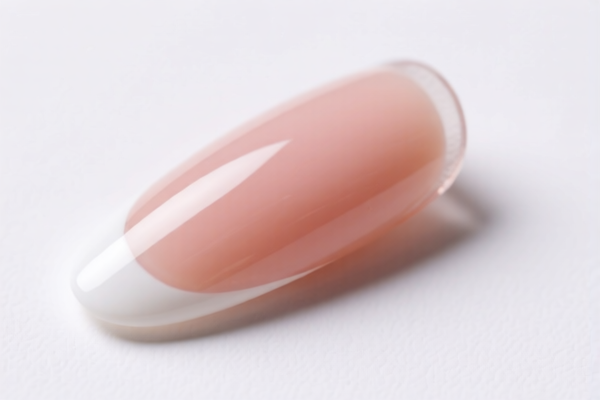Found 6 matching results
(CN → US)
| HS Code | Official Doc | Tariff Rate | Origin | Destination | Effective Date |
|---|---|---|---|---|---|
| 7415100000 | Doc | 57.5% | CN | US | 2025-05-12 |
| 8305906000 | Doc | 43.2% | CN | US | 2025-05-12 |
| 8301600000 | Doc | 40.3% | CN | US | 2025-05-12 |
| 8311900000 | Doc | 55.0% | CN | US | 2025-05-12 |
| 6310902000 | Doc | 37.5% | CN | US | 2025-05-12 |
| 6310902000 | Doc | 37.5% | CN | US | 2025-05-12 |




Copper Nail
A copper nail is a nail fabricated from copper or a copper alloy, traditionally used in various applications where corrosion resistance, electrical conductivity, or a softer fastening method is required.
Material
Copper nails are typically made from:
- Pure Copper: Offers excellent corrosion resistance and conductivity but is softer and less strong than alloys.
- Copper Alloys:
- Brass: An alloy of copper and zinc, providing increased strength and corrosion resistance.
- Bronze: An alloy of copper and tin, known for its durability and resistance to saltwater corrosion.
- Copper-Nickel Alloys: Offer superior corrosion resistance, particularly in marine environments.
Purpose & Function
- Corrosion Resistance: Copper's inherent resistance to corrosion makes these nails ideal for applications exposed to moisture, saltwater, or corrosive chemicals. They do not rust like iron or steel nails.
- Electrical Conductivity: Copper’s excellent conductivity allows for use in grounding applications or electrical connections.
- Soft Fastening: Copper’s malleability prevents splitting of wood, making it suitable for delicate woodworking or joining softer materials.
- Historical Preservation: Used extensively in historical building restoration to match original construction materials and methods.
- Marine Applications: Resistant to saltwater corrosion, making them suitable for boat building and repair.
Usage Scenarios
- Boat Building: Fastening wooden components in boats and ships, particularly in areas exposed to saltwater.
- Historical Restoration: Replicating original fasteners in historic buildings and furniture.
- Woodworking: Joining softer woods where splitting is a concern.
- Electrical Grounding: Connecting grounding wires to wooden structures.
- Decorative Applications: Used in decorative woodworking or as a visual element in construction.
- Weather Vanes & Copper Roofing: Fastening copper components.
Common Types
- Round Wire Nails: General-purpose nails for various woodworking applications.
- Square Wire Nails: Offer increased holding power compared to round wire nails.
- Clinch Nails: Designed with a head that can be bent over (“clinched”) to create a stronger, more permanent connection.
- Copper Roofing Nails: Specifically designed with a large head for securing copper roofing materials. Often feature a ring shank for improved holding power.
- Brad Nails: Small, thin nails used for delicate trim work and decorative applications.
Based on the material, use, and application, a copper nail falls under the category of nails made of copper.
Here are the relevant HS codes based on the provided reference material:
- 7415100000: Nails, tacks, drawing pins, staples (other than those of heading 8305) and similar articles, of copper or of iron or steel with heads of copper; screws, bolts, nuts, screw hooks, rivets, cotters, cotter pins, washers (including spring washers) and similar articles, of copper: Nails and tacks, drawing pins, staples and similar articles.
- 74: Metals and articles thereof, including articles of base metal clad with precious metal; manufacture of wire, rod, tubes, plates, electrodes and similar products of base metal. This chapter covers a wide range of metal products.
- 15: Articles of iron or steel, including articles of base metal clad with iron or steel. This heading specifically focuses on articles like nails, screws, and bolts.
- 100000: This subheading narrows down the classification to nails, tacks, drawing pins, staples, and similar articles made of copper.
Regarding HS code 7415100000, the applicable tax rate is as follows: * Basic tariff: 2.5% * Additional tariff: 25.0% * Additional tariff after April 2, 2025: 30.0% * Total tariff: 57.5%
Customer Reviews
No reviews yet.